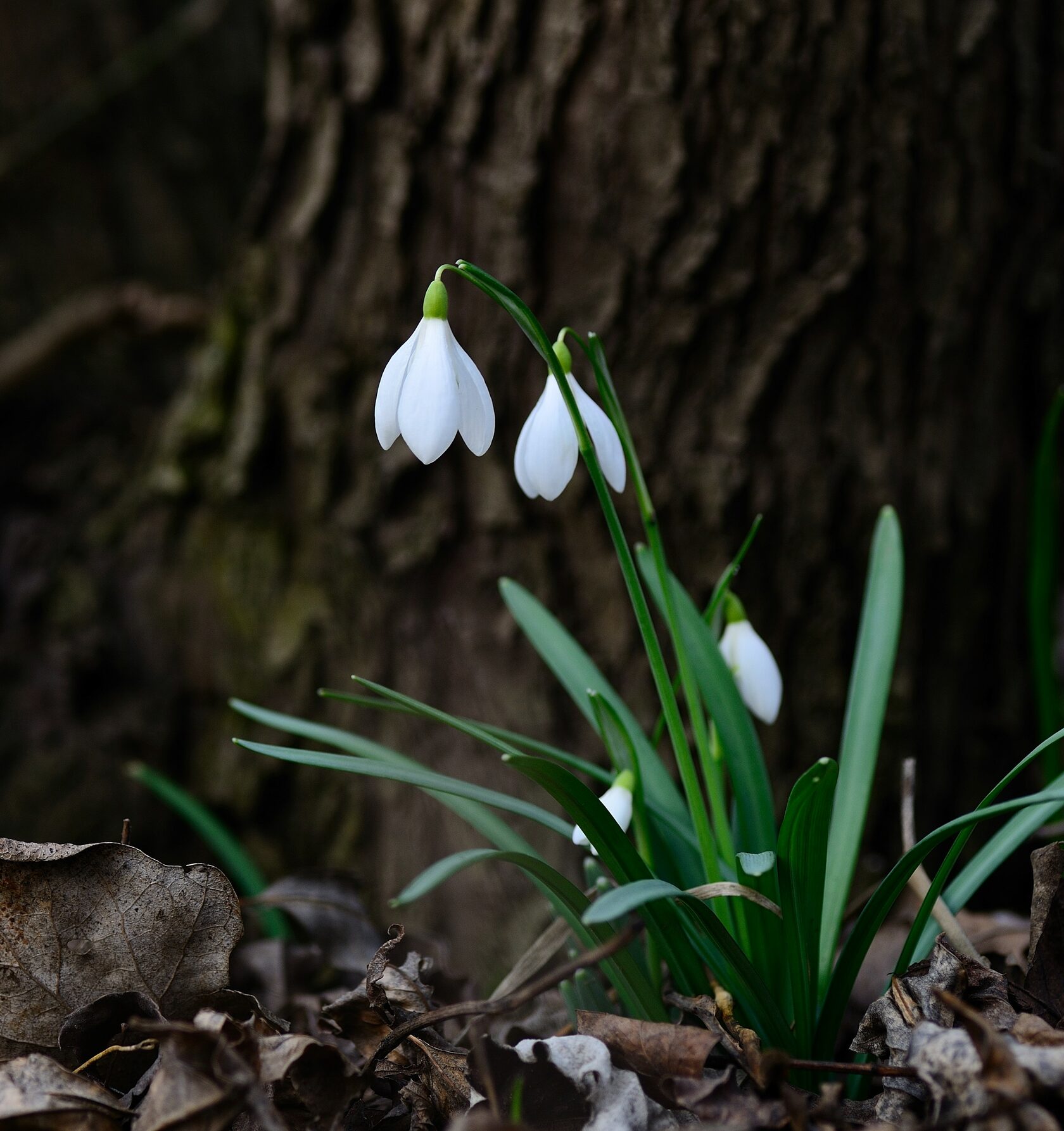Well here we are—approaching the tail-end of winter. We can cheer milder temperatures and noticeably more light with each passing day. Yet as gardeners, we know there isn’t a whole lot to do until we have predictably warmer days in April and May.
Fortunately for you, if you’re looking for ways to boost your ‘gardening spirits’ now, you’ve come to the right place. Consider the following ways you can spring into action before Spring arrives:
- Clean and sharpen tools—When warm weather arrives, spending time getting your tools prepped is the last thing you’ll want to do. Here’s a comprehensive article on how to clean and restore garden tools. One caveat: skip the advice about using your garden hose; instead, use a basement utility sink or a bucket to help remove grime. This short video is a good primer on cleaning and sharpening tools.
- Prune shrubs and trees—With the exception of shrubs and ornamental trees that flower in early Spring, this is a good time of year to prune. Prune Spring bloomers like magnolias after their flowers fade.
You can get a much better idea of a shrub or tree’s structure and what should be removed to improve it before it leafs out. Cut away dead or dying branches and those that are growing into the plant instead of outwards. Also remove branches that cross and rub against each other. Make selective cuts as you move around the plant, stepping back periodically to ensure you create or maintain a desired shape. As a rule, do not remove more than 1/3 of branches in a year.
Birches, maples, dogwoods and other heavy sap bleeders can be pruned in early summer to avoid the sap flow, although bleeding is not harmful to these plants. Here’s additional guidance on winter pruning from the Chicago Botanic Garden.
- Keeping feeding the birds—Our hungry feathered friends rely on seeds and berries until climbing spring temperatures cause insects to emerge. If our milder late-winter weather continues, it may result in more birds migrating back to our area before insects are bountiful. With that in mind, I plan on filling our feeders until the end of March-early April. Read my blog post for tips on attracting birds to your feeders.
- Build a bird house—Increasing development and a dearth of shrubs and trees in many yards leaves birds with fewer places to raise their young. Why not lend a hand by building a bird house or two? Check out this video on how to build a simple bird house. If you’d like to build bird houses to attract certain species, visit the Cornell Lab of Ornithology’s nestwatch.org website and click on the ‘Learn’ tab.
A bird house is an easy and satisfying project to build with your children or grandchildren. Basic kits for kids are available from stores like Lowe’s. And if you don’t have the tools on hand to make a bird house, check out building workshops offered for children by stores such as Home Depot.
- Clean, paint repair as needed—Scrub planters, bird baths and garden ornaments; repair and paint as needed. Make necessary repairs to outdoor furniture. As motivation, think about the time you’ll be spending relaxing in the warm sun while your envious neighbors toil away at these chores.
- Take inventory—A sunny, mild winter day is the perfect time to take a stroll around your property. If you have plants that have lifted out of the ground due to frost heave, cover their exposed roots with soil and mulch. Inspect shrubs for damage from animals and the elements to determine whether they will need to be pruned or replaced. Examine outdoor structures such as fences, trellises and decks. Note needed repairs and whether they could use a fresh coat of paint or stain.
With your garden in dormancy, this is also a great time to think about where you might want to add a bed or extend an existing one. Take photos of the area(s) and print them out in black and white. Then use pen or marker to create a rough sketch of what you’d like your planting area to look like. Experiment with different plant and bed line shapes. You don’t have to be a professional designer to do this—though I’ve ‘got a guy’ that could certainly help you!
- Peruse native plant sale announcements—If you already know what natives you want to plant in the spring, it’s not too early to think about shopping. A number of organizations have already announced their native plant sales and some are taking pre-orders. Chicago Living Corridors provides a comprehensive list of native plant sales that it continually updates.
Here's to sunnier and warmer days ahead!
Did you know eisenhart ecoscapes has a Facebook page? This is where I post news and interesting items on sustainable landscaping topics.
When you have a moment, I invite you visit my page. If you like what you read, please click on ‘Like’ to be notified of my new posts. And if you think an item would be of interest to someone else, I hope you will share it with them! You can also share this article by email!
Credit: vecteezy.com
